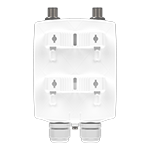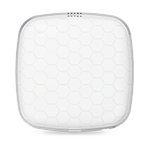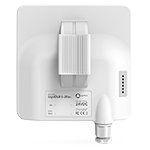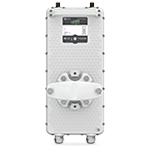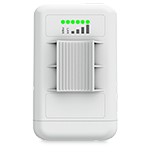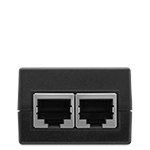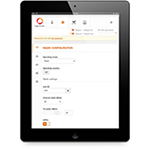- All products
- Access
- Backhaul
- Surveillance
- Industrial applications
- Operators
- Rural connectivity
- Enterprise Wi - Fi
- Hotspot
Difference Between Access Point and Router
The unbelievably rapid advancement of computer technologies has brought humanity a multitude of devices, appliances, and gadgets. In fact, there are so many different types and categories of computer equipment that it can be very easy for regular consumers to get confused by the subtleties of each device or gadget.
One of the questions that our technical experts at LigoWave are frequently asked is what is the difference between an access point and a router. The fundamental differences between these two devices are quite simple, but there are other minor, yet still important, distinctions.
One of the questions that our technical experts at LigoWave are frequently asked is what is the difference between an access point and a router. The fundamental differences between these two devices are quite simple, but there are other minor, yet still important, distinctions.
What is a Router? A router is a network device that serves two primary functions: (1) it connects multiple computers, phones, tablets, or other devices to form a managed local area network, and (2) it provides Internet access to all of the compatible devices that are connected to the router.
A local area network (LAN) can be set up by simply deploying a router and connecting one or several devices to it. Modern routers allow users to connect devices both via Ethernet cables or wirelessly (using Wi-Fi).
However, in order for the router to distribute and deliver data to the devices within the local area network, it must be connected to an Internet service provider’s customer premises equipment (CPE) via an Ethernet cable.
A local area network (LAN) can be set up by simply deploying a router and connecting one or several devices to it. Modern routers allow users to connect devices both via Ethernet cables or wirelessly (using Wi-Fi).
However, in order for the router to distribute and deliver data to the devices within the local area network, it must be connected to an Internet service provider’s customer premises equipment (CPE) via an Ethernet cable.

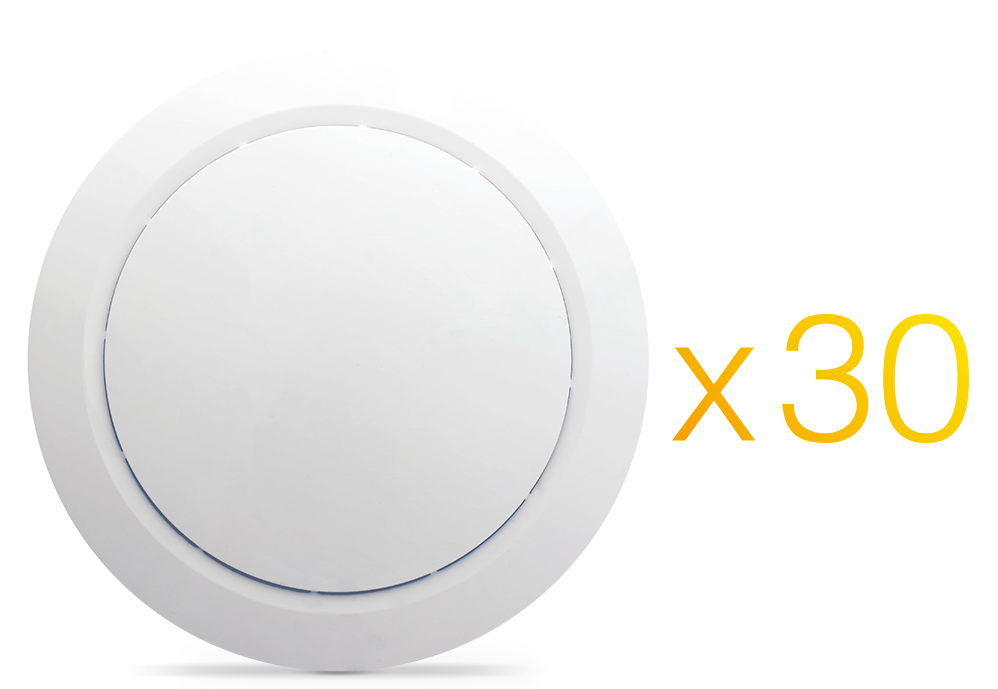
What is an Access Point? An access point is a wireless network device that acts as a portal for devices to connect to a local area network. Access points are used for extending the wireless coverage of an existing network and for increasing the number of users that can connect to it.
A high-speed Ethernet cable runs from a router to an access point, which transforms the wired signal into a wireless one. Wireless connectivity is typically the only available option for access points, establishing links with end-devices using Wi-Fi.
Other Functions. Other than providing a platform for various devices to communicate amongst each other, routers also have firewall and password protection functionality. This ensures that the connected wireless devices are protected against any threats that may arise from outside of the local area network.
Main Differences. The router acts as a hub that sets up a local area network and manages all of the devices and communication in it. An access point, on the other hand, is a sub-device within the local area network that provides another location for devices to connect from and enables more devices to be on the network.
Wireless routers can function as access points, but not all access points can work as routers. While routers manage local area networks, communicate with outside network systems, acquire, distribute, and dispatch data in multiple directions, establish a point of connectivity, and ensure security, access points typically only provide access to the router’s established network.
Which is Better? The answer to the question which one is better? is that it depends on the needs. For homes and small business, routers may be the optimum (if not the best) solution, while medium to large enterprises and organizations will certainly require a network of access points and switches.
Access Points in Action. A few years ago, LigoWave devices were deployed by Enter Srl., a leading professional software solutions company and Internet services provider in Italy, for the purpose of setting up Internet access using access points at Festival ICT–B2B. The annual event brings in more than 15,000 tech enthusiasts and professionals from Italy and abroad.
It was estimated that more than 20,000 devices might need a steady and reliable Internet connection during the event. What is more, limited channel availability and RF-intense environments posed a challenge to setting up an effective network of access points that would be capable of providing a quality service to large amounts of people.
After careful planning, LigoWave provided 30 Infinity 2N access points for deployment in strategic locations. The network of access points covered an area of 2,400m² and provided Internet access to 1,800–2,400 concurrent users, averaging at 60–80 users and 50–70Mbps throughput per access point. Despite the challenges, the average CPU load was low (20–30%).
Careful and comprehensive planning helped to determine the best locations for access points, eliminating frequency overlap and reducing noise. Moreover, auto-channel, auto-transmit, and dual band capabilities have allowed for easy configuration, minimal maintenance, and increased connection capacity.
Since the event, the third generation of Infinity access points has been developed and introduced to the consumer market, so the possibilities are now even greater. The simple, yet powerful, Infinity line of products brings efficiency, reliability, and universality to the next level.
For more information on the Infinity product series, consult the LigoWave website and supplementary documentation provided in the infinity series page.
Careful and comprehensive planning helped to determine the best locations for access points, eliminating frequency overlap and reducing noise. Moreover, auto-channel, auto-transmit, and dual band capabilities have allowed for easy configuration, minimal maintenance, and increased connection capacity.
Since the event, the third generation of Infinity access points has been developed and introduced to the consumer market, so the possibilities are now even greater. The simple, yet powerful, Infinity line of products brings efficiency, reliability, and universality to the next level.
For more information on the Infinity product series, consult the LigoWave website and supplementary documentation provided in the infinity series page.
